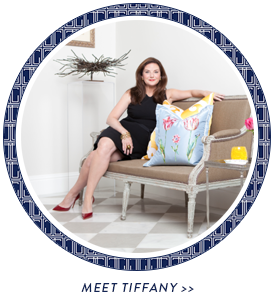In my world, there is nothing that says "CELEBRATE" quite like champagne! So, in honor of GLOBAL CHAMPAGNE DAY and with the holidays right around the corner, I thought it would be a nice idea to share with you a little "champagne 101" and some of my personal favorite selections.
In order for a bubbly to really be considered Champagne, it must come from the Champagne region in France. Otherwise, it is really just a "sparkling wine". Real champagne is a very special product as it is a culmination of the climate, soil and French government restrictions that factor into every step of the process,including the labeling to ensure the highest quality in the entire world. Champagnes are usually a blend of grapes, typically Pinot Noir and Chardonnay, often with a touch of Pinot Meunier as well. They range from dry (brut) to mildly sweet (demi-sec) to very sweet (doux).
So - Let's start with the labels... How do you decipher the labels to make sure you are getting what you want? Let's take a look....

 |
| veuve-cliquot |
While that is all lovely to know about the label... how do i really know what "taste" i prefer? Here is your key to proper enjoyment.
• Brut: The most common style of Champagne and sparkling wines, and also the driest, although some with terms such as "Extra Brut" can be even drier.
• Extra Dry: In the twisted lexicon of wine terms, these words, on a Champagne label, actually mean the wine is slightly sweeter than Brut. Go figure.
• Demi-sec, Doux: Sweeter styles of Champagne.
• Prosecco, Spumante, Asti Spumante: Italian sparklers; the spumantes are usually sweeter in style.
• Blanc de Blancs: A sparkler made exclusively from white grapes, usually chardonnay. Usually lighter in body.
• Blanc de Noirs: Made from red-wine grapes such as pinot noir and pinot meunier, though the skins are removed quickly so the wine remains white. Tend to be richer and more full-bodied.
• Méthode Champenoise: This designation means the secondary fermentation (the one that makes the bubbles) takes place in the bottle, not a giant holding tank.
So what about VINTAGE vs. NON-VINTAGE??
Most Champagnes are non-vintage: that is, they are made from a blend of grapes from different years, aged in the bottle for 18 months. Vintage Champagne is made with high-quality grapes from the same year; they must be aged three years before they are released.
My favorites are the BLANC de BLANCS and I prefer smaller vineyards to that of the mass produced... and while I do not believe champagne has to crazy expensive to be enjoyable, I do think you need to be in touch with what you like to enjoy the full experience. Here are my top 5 favorite BUBBLES!
1. Billecart - Salmon
2. Lenoble
3. Ruinart
And last but not least, some tips for Storing and Chilling Champagne
Storing Champagne:
Champagne is more sensitive to temperature and light than most other wines. For that reason, it is typically bottled in a light-resistant, dark green glass. Champagne should be stored between 40 and 60 degrees Fahrenheit and may be kept upright or horizontally.
Chilling Champagne:
Ideally, Champagne should be chilled to a temperature between 40 and 45 degrees Fahrenheit. This temperature can be attained by placing the bottle in a refrigerator for a couple of hours or a freezer for 15 minutes. Finally, the classic way to chill a bottle of Champagne is to place it in an ice-bucket, half filled with ice, half with water, for 20 minutes.
HAPPY GLOBAL CHAMPAGNE DAY!
Cheers,





















What GREAT information! The perfect "go to" for all about Champagne. I wish I could take even a sip without having a massive headache within five minutes! So glad to see you back : )
ReplyDeleteWhen are we going to get together and enjoy some champagne!? XO
ReplyDelete